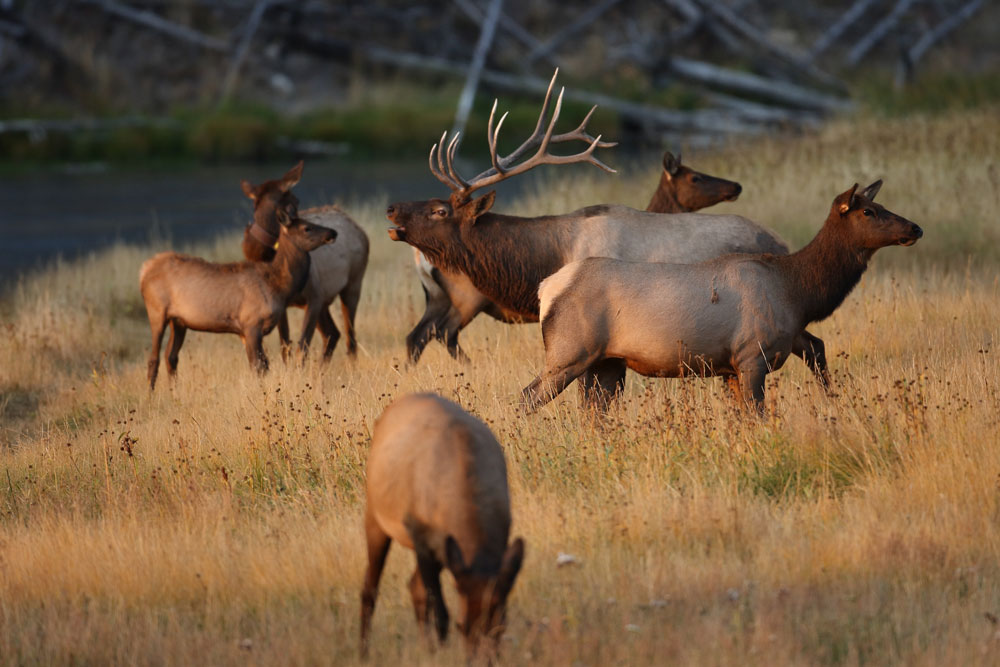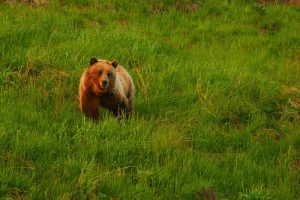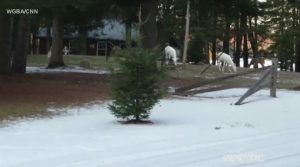Much like a booming business, the idea of having too many elk on the landscape is one of those problems that is seemingly good to have. The thing about these types of problems is that they can often require solutions to continue to keep things in place and moving in the right direction.
Among many other wildlife problems in the Cowboy State, Wyoming is dealing with one that is not quite like the others. After a devastating string of winters, mule deer and pronghorn herds are suffering, with many areas having reduced numbers of available tags or none whatsoever available for this year’s hunts.
While mulies and antelope have fared poorly, the Cervus canadensis or American elk is doing just fine. While winterkill did catch up with elk across Wyoming and the west, overall, their hearty nature and size helped them through a difficult time. Now, particularly in the eastern and northeastern regions of Wyoming, populations are swelling to beyond manageable levels.
“I always tell Game and Fish that elk are their wild horses,” Jim Magagna, executive vice president of the Wyoming Stock Grower’s Association, said earlier this month during a meeting of the Wyoming Legislature’s Joint Travel, Recreation Wildlife and Cultural Resources Committee.
The decision to institute winter feeding programs for elk and not deer drew plenty of criticism after the winter months and is among one of many other reasons biologists believe elk are thriving. Pair that with an abundance of private land in the eastern region of the state along with very little pressure from key predators such as wolves and bears and you’ve got a molotov cocktail of elk expansion.
As far as solutions go, the list remains pretty commonsensical at the moment. One such solution is the obvious increase in both length of season and available tags, including landowner tags. These special tags allow people who own properties of 160 acres or more and have at least 2,000 animals use days. A big game animal using the land for a day counts as one “animal use day” and would hopefully result in more elk being shot on private property.
Many remain skeptical as to the effectiveness of such programming as well as fairness with regards to landowner tags. The thought being that only those with deep enough pockets to pay landowners for access would be able to utilize these tags. Bringing in questions such as fairness and equitable access to hunting.




